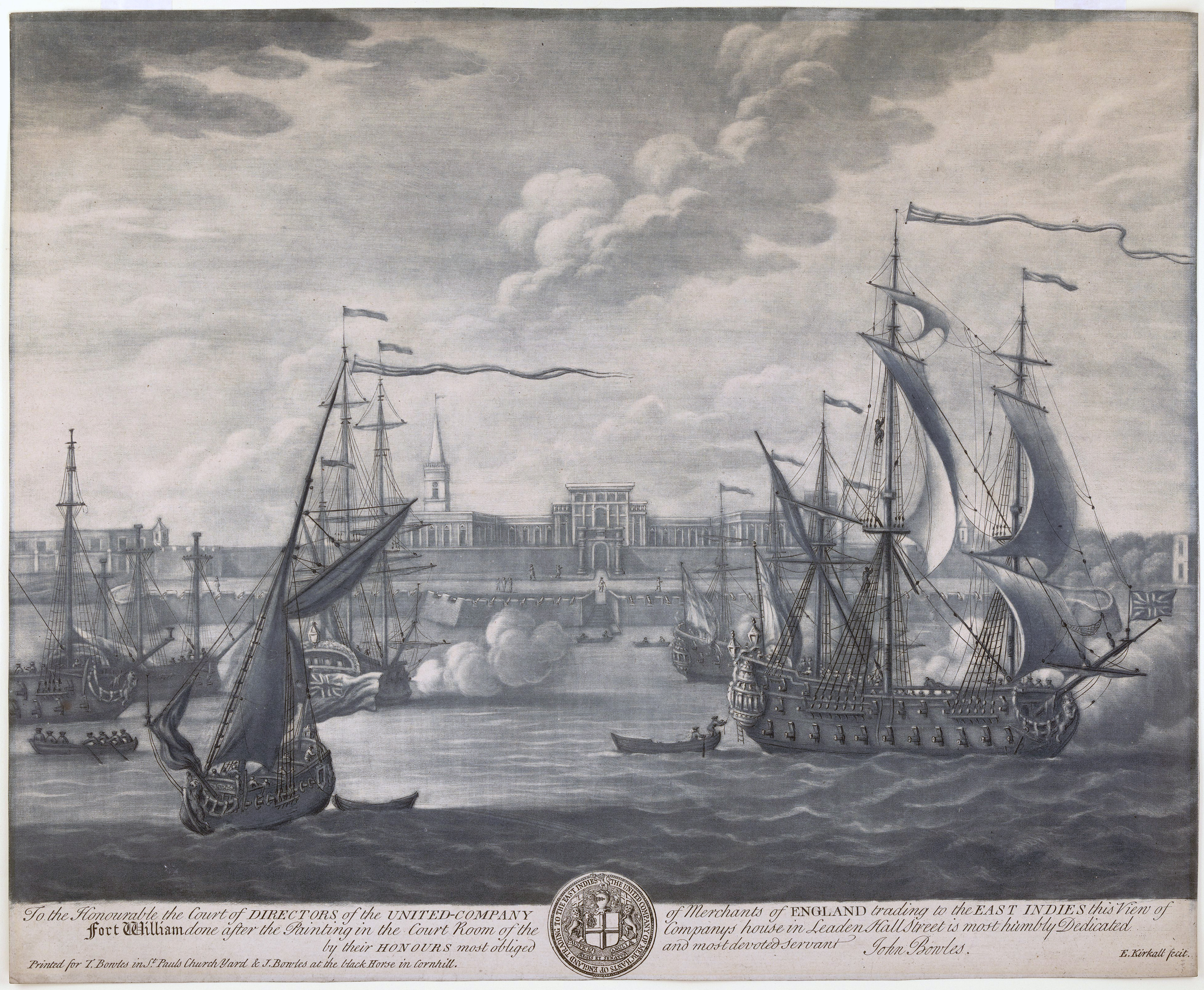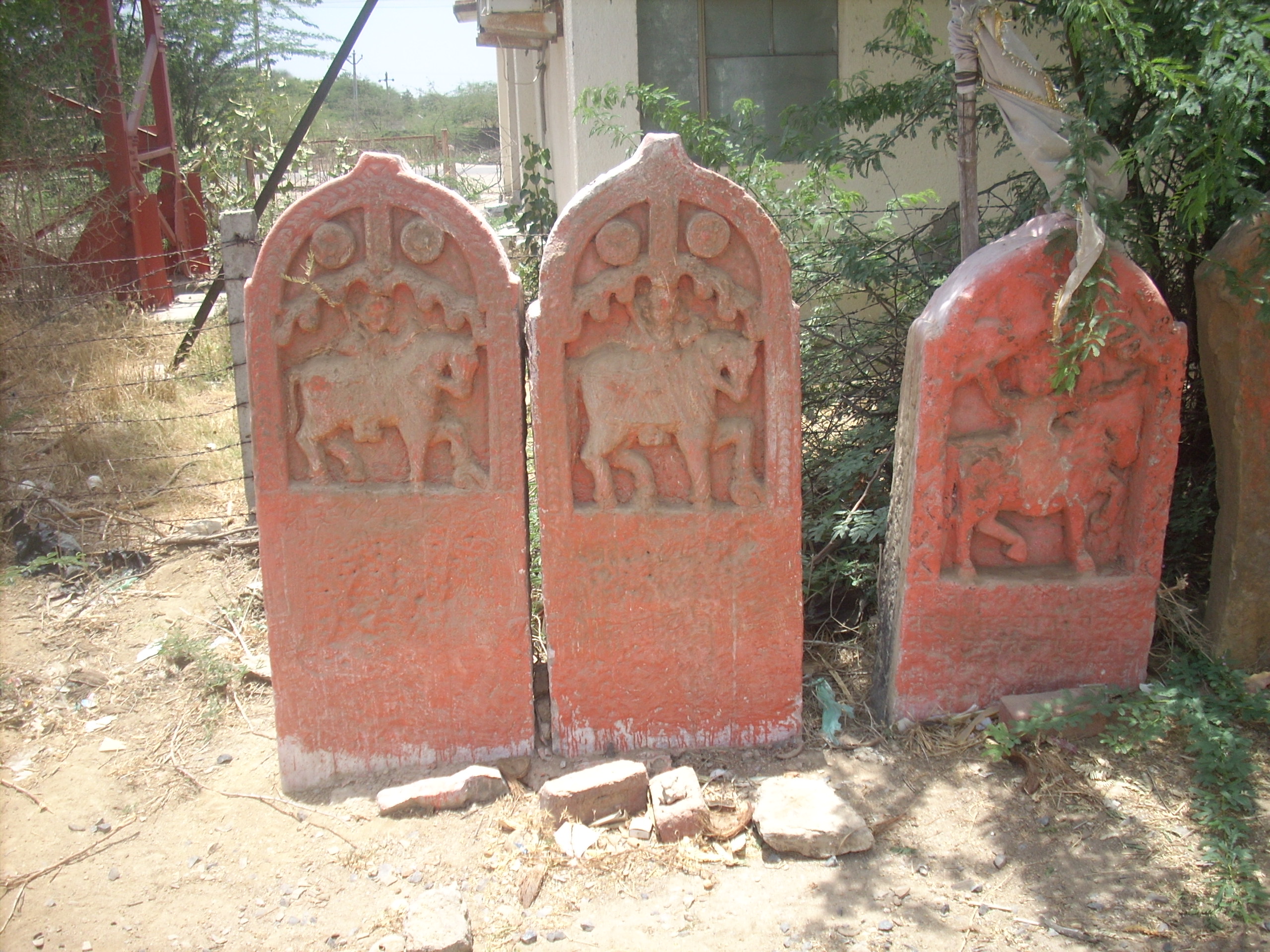|
Reha Mota
Reha Mota is a village in Bhuj Taluka of Kutch at a distance of about 15 km from Bhuj town, the capital of Kachchh District of Gujarat in India. History Reha is one of the 18 villages founded by Mistri community of Kutch in late 12th century. These group of warriors were also skilled architects and have contributed to the erection of many historical monuments of Kutch. During the years of laying of Railway lines in British India around 1850-1930 many members of Mistris moved out and made themselves into big railway contractors throughout British India. Some entered into the coal mines business. The Mistris of these villages have built and developed the old infrastructure around the villages in late 1890 from their earnings during those time.Kutch Gujar Kshatriyas, History & names of their 18 Villages ... [...More Info...] [...Related Items...] OR: [Wikipedia] [Google] [Baidu] |
States And Territories Of India
India is a federal union comprising 28 states and 8 union territories, with a total of 36 entities. The states and union territories are further subdivided into districts and smaller administrative divisions. History Pre-independence The Indian subcontinent has been ruled by many different ethnic groups throughout its history, each instituting their own policies of administrative division in the region. The British Raj The British Raj (; from Hindi language, Hindi ''rāj'': kingdom, realm, state, or empire) was the rule of the British The Crown, Crown on the Indian subcontinent; * * it is also called Crown rule in India, * * * * or Direct rule in India, * Q ... mostly retained the administrative structure of the preceding Mughal Empire. India was divided into provinces (also called Presidencies), directly governed by the British, and princely states, which were nominally controlled by a local prince or raja loyal to the British Empire, which held ''de f ... [...More Info...] [...Related Items...] OR: [Wikipedia] [Google] [Baidu] |
Rathore
The Rathore is a Rajput clan found in Northern India. Subclans Jodhana, Vadhel, Jaitawat, Kumpawat, Champawat, Meratiya, Udawat, Karamsot etc. are the branches or subclans of Rathore Rajputs. Coverage This article discusses the "Kanaujiya" Rathores of Marwar and lineages, thereof; Norman Ziegler had noted of 12 other similar branches ("shakhas") of Rathores — Sur, Shir, Kapaliya, Kherada, Abhepura, Jevamt, Vagula, Karaha, Parakra, Ahrao, Jalkheda, and Camdel. Scholarship about those branches are scarce to non-existent. Origins A section of historians argue for a Rashtrakuta origin. Branches of Rashtrakutas had migrated to Western Rajasthan as early as late tenth century; multiple inscriptions of "Rathauras" have been located in and around Marwar dating from tenth to thirteenth century; the Rathores may have emerged from one of the Rashtrakuta branches. Bardic origins Muhnot Nainsi, employed by the Rathores of Marwar, chronicled Nainsi ri Khyat, a bardic geneal ... [...More Info...] [...Related Items...] OR: [Wikipedia] [Google] [Baidu] |
2001 Gujarat Earthquake
The 2001 Gujarat earthquake, also known as the Bhuj earthquake, occurred on 26 January, India's 52nd Republic Day, at . The epicentre was about 9 km south-southwest of the village of Chobari in Bhachau Taluka of Kutch District of Gujarat, India. The intraplate earthquake measured 7.7 on the moment magnitude scale and had a maximum felt intensity of X (''Extreme'') on the Mercalli intensity scale. The earthquake killed between 13,805 and 20,023 people (including 18 in southeastern Pakistan), injured another 167,000 and destroyed nearly 340,000 buildings. Tectonic setting Gujarat lies 300–400 km from the plate boundary between the Indian Plate and the Eurasian Plate, but the current tectonics are still governed by the effects of the continuing continental collision along this boundary. During the break-up of Gondwana in the Jurassic, this area was affected by rifting with a roughly west–east trend. During the collision with Eurasia the area has undergone shor ... [...More Info...] [...Related Items...] OR: [Wikipedia] [Google] [Baidu] |
British India
The provinces of India, earlier presidencies of British India and still earlier, presidency towns, were the administrative divisions of British governance on the Indian subcontinent. Collectively, they have been called British India. In one form or another, they existed between 1612 and 1947, conventionally divided into three historical periods: *Between 1612 and 1757 the East India Company set up factories (trading posts) in several locations, mostly in coastal India, with the consent of the Mughal emperors, Maratha Empire or local rulers. Its rivals were the merchant trading companies of Portugal, Denmark, the Netherlands, and France. By the mid-18th century, three ''presidency towns'': Madras, Bombay and Calcutta, had grown in size. *During the period of Company rule in India (1757–1858), the company gradually acquired sovereignty over large parts of India, now called "presidencies". However, it also increasingly came under British government oversight, in effect shar ... [...More Info...] [...Related Items...] OR: [Wikipedia] [Google] [Baidu] |
Mistris
Kutch Gurjar Kshatriya (also known as Mistri or Mestri) are a minority Hindu and one of the Socially and Educationally Backward communities of Gujarat in India, who claim to be Kshatriyas. They are an artisan community related with Kadia works. They are also known as the Mistri or Mistris of Kutch.Mistri Encyclopaedia of Backward Castes By Neelam Yadav Page 316. History [...More Info...] [...Related Items...] OR: [Wikipedia] [Google] [Baidu] |
India
India, officially the Republic of India ( Hindi: ), is a country in South Asia. It is the seventh-largest country by area, the second-most populous country, and the most populous democracy in the world. Bounded by the Indian Ocean on the south, the Arabian Sea on the southwest, and the Bay of Bengal on the southeast, it shares land borders with Pakistan to the west; China, Nepal, and Bhutan to the north; and Bangladesh and Myanmar to the east. In the Indian Ocean, India is in the vicinity of Sri Lanka and the Maldives; its Andaman and Nicobar Islands share a maritime border with Thailand, Myanmar, and Indonesia. Modern humans arrived on the Indian subcontinent from Africa no later than 55,000 years ago., "Y-Chromosome and Mt-DNA data support the colonization of South Asia by modern humans originating in Africa. ... Coalescence dates for most non-European populations average to between 73–55 ka.", "Modern human beings—''Homo sapiens''—originated in Africa. Th ... [...More Info...] [...Related Items...] OR: [Wikipedia] [Google] [Baidu] |
Bhuj
Bhuj () is a Municipality and District Headquarters of Kutch District in the state of Gujarat, India. Etymology According to legend, Kutch was ruled by the Nāga chieftains in the past. Sagai, a queen of Sheshapattana, who was married to King Bheria Kumar, rose up against Bhujanga, the last chieftain of Naga. After the battle, Bheria was defeated and Queen Sagai committed sati. The hill where they lived later came to be known as Bhujia Hill and the town at the foothill as Bhuj. Bhujang was later worshiped by the people as snake god, ''Bhujanga'', and a temple was constructed to revere him. History Bhuj was founded by Rao Hamir in 1510 and was made the capital of Kutch by Rao Khengarji I in 1549. Its foundation stone as state capital was formally laid on Vikram Samvat 1604 Maagha 5th (approx. 25 January 1548). From 1590 onwards, when Rao was forced to acknowledge the Mughal supremacy, Bhuj came to be known as Suleiman Nagar amongst Muslims. The city's walls were built by Ra ... [...More Info...] [...Related Items...] OR: [Wikipedia] [Google] [Baidu] |
Gujarat
Gujarat (, ) is a state along the western coast of India. Its coastline of about is the longest in the country, most of which lies on the Kathiawar peninsula. Gujarat is the fifth-largest Indian state by area, covering some ; and the ninth-most populous state, with a population of 60.4 million. It is bordered by Rajasthan to the northeast, Dadra and Nagar Haveli and Daman and Diu to the south, Maharashtra to the southeast, Madhya Pradesh to the east, and the Arabian Sea and the Pakistani province of Sindh to the west. Gujarat's capital city is Gandhinagar, while its largest city is Ahmedabad. The Gujaratis are indigenous to the state and their language, Gujarati, is the state's official language. The state encompasses 23 sites of the ancient Indus Valley civilisation (more than any other state). The most important sites are Lothal (the world's first dry dock), Dholavira (the fifth largest site), and Gola Dhoro (where 5 uncommon seals were found). Lothal ... [...More Info...] [...Related Items...] OR: [Wikipedia] [Google] [Baidu] |
List Of RTO Districts In India
This is a list of the Indian Regional Transport Offices and the assigned codes for vehicle registration. These are broken down to states or Union Territories and their districts. The offices are all belonging to a certain type: * ARTO : Additional Transport Office * AssRTO : Assistant Regional Transport Office * DTC : Deputy Transport Commissioner * DTO : District Transport Office * DyDZO : Deputy Directorate Zonal Office * DyRTO : Deputy Regional Transport Office * JtRTO : Joint Regional Transport Officer * JTC : Joint Transport Commissioner * LA : Licensing Authority * MVI : Motor Vehicle Inspector *MVSI: Motor Vehicle Sub Inspector * PVD : Public Vehicles Department * RLA : Regional Licensing Authority * RTA : Regional Transport Authority * RTO : Regional Transport Office * SDivO : Subdivisional Office * SDM : Subdivisional Magistrate * SRTO : Sub Regional Transport Office * STA : State Transport Authority * UO: Unit Office * WIAA : Western India Automobile Association AN ... [...More Info...] [...Related Items...] OR: [Wikipedia] [Google] [Baidu] |
Postal Index Number
A Postal Index Number (PIN; sometimes redundantly a PIN code) refers to a six-digit code in the Indian postal code system used by India Post. On 15 August 2022, the PIN system celebrated its 50th anniversary. History The PIN system was introduced on 15 August 1972 by Shriram Bhikaji Velankar, an additional secretary in the Government of India's Ministry of Communications. The system was introduced to simplify the manual sorting and delivery of mail by eliminating confusion over incorrect addresses, similar place names, and different languages used by the public. PIN structure The first digit of a PIN indicates the zone, the second indicates the sub-zone, and the third, combined with the first two, indicates the sorting district within that zone. The final three digits are assigned to individual post offices within the sorting district. Postal zones There are nine postal zones in India, including eight regional zones and one functional zone (for the Indian Army). Th ... [...More Info...] [...Related Items...] OR: [Wikipedia] [Google] [Baidu] |
.jpg)



